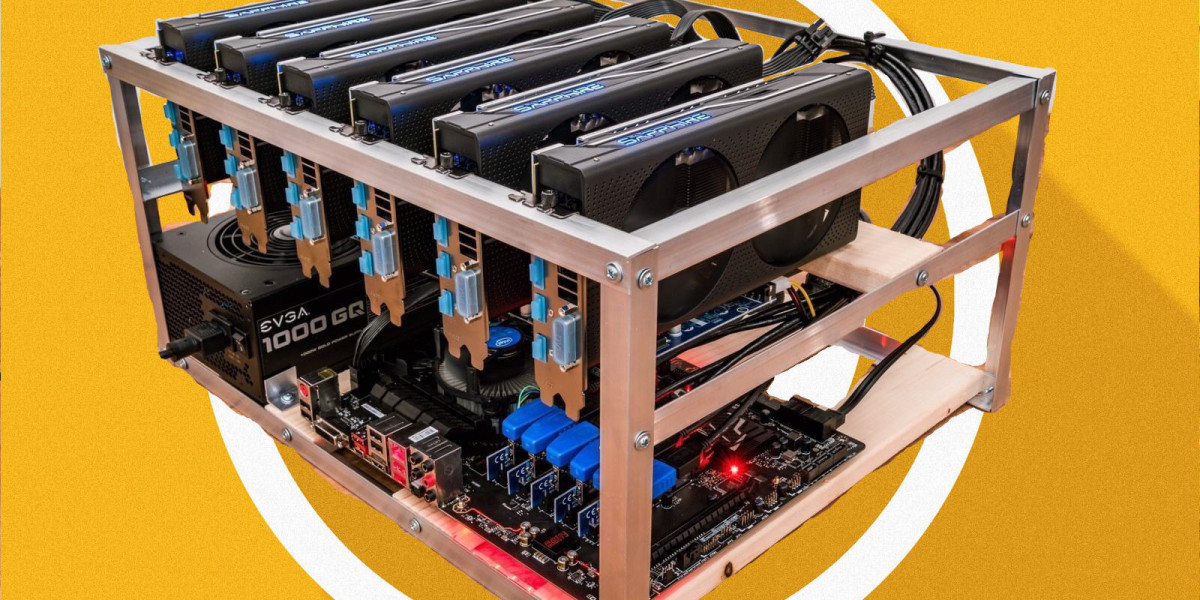Anabolic Steroids: What They Are, Uses, Side Effects & Risks
The Complete Guide to Anabolic Steroids: From Basic Science to Safe Use
Anabolic–androgenic steroids (AAS) are synthetic derivatives of the male sex hormone testosterone that possess both anabolic (muscle‑building) and androgenic (masculinizing) properties. While they have legitimate therapeutic uses, misuse has become widespread in sports, bodybuilding, and even among adolescents seeking a "faster" physique. This guide offers a thorough overview—from how steroids work at the molecular level to practical advice on safe use and what to watch for if you or someone you know is considering AAS.
---
1. What Are Anabolic‑Androgenic Steroids?
| Term | Definition |
|---|---|
| Anabolic | Promotes growth of muscle, bone, and other tissues. |
| Androgenic | Enhances male sex characteristics (e.g., facial hair). |
| Synthetic | Man-made compounds modeled after the body’s natural hormone dihydrotestosterone (DHT). |
Common names: testosterone, nandrolone, stanozolol, trenbolone, boldenone, etc. These substances are sold as prescription medications for legitimate medical uses (e.g., hormone replacement therapy) but also appear in anabolic "performance enhancement" markets.
---
2. How They Work – The Hormonal Pathway
| Step | Process | Key Points |
|---|---|---|
| 1 | Ingestion / Injection | Oral compounds are absorbed from the gut; injectable forms enter directly into circulation. |
| 2 | Delivery to Target Cells | Compounds reach muscle, liver, brain, etc., via bloodstream. |
| 3 | Receptor Binding | The compound binds to intracellular androgen receptors (AR). |
| 4 | Nuclear Translocation | AR-ligand complex moves into the nucleus of a cell. |
| 5 | Gene Activation | Complex attaches to DNA at specific sites called Androgen Response Elements (AREs), altering transcription. |
| 6 | Protein Production | Cells synthesize new proteins: muscle structural proteins, growth factors, etc., or modify existing ones. |
| 7 | Physiological Effect | Muscle cells enlarge (hypertrophy), more protein synthesis, reduced breakdown; leads to increased strength and size. |
---
4. What Happens If the Body Is Not Supplying Enough Hormones?
The Problem
- When the body’s natural production of anabolic hormones falls short—due to age, stress, illness, or over‑training—it cannot support muscle growth or recovery.
- The body then relies on external supplementation (like steroids) to "top‑up" hormone levels.
How This Works in Practice
| Step | What Happens |
|---|---|
| 1. Body’s Hormone Levels Drop | The endocrine system produces less testosterone, growth hormone, etc. |
| 2. Muscle Growth Slows | Without enough anabolic hormones, muscle protein synthesis is reduced. |
| 3. Supplementation Introduced | Steroids (synthetic analogues of natural hormones) are administered to raise blood hormone levels back up or beyond normal ranges. |
| 4. Enhanced Protein Synthesis | The increased hormone concentration stimulates the ribosomes in muscle cells to produce more proteins, leading to larger, stronger muscles. |
---
Quick Recap
- Steroids = Synthetic anabolic hormones.
- They boost protein synthesis by turning on ribosomal activity.
- This leads to bigger, https://yaseend6.sg-host.com/phillippestrel stronger muscles—exactly what bodybuilders want.








